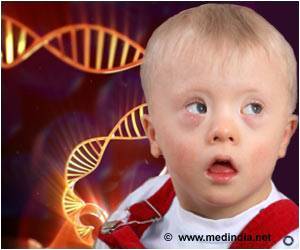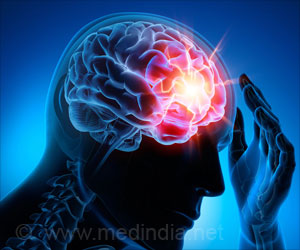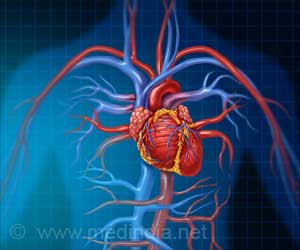An experimental procedure that dramatically strengthens stem cells' ability to regenerate damaged tissue could offer new hope to sufferers of muscle-wasting diseases such as myopathy.
An experimental procedure that dramatically strengthens stem cells' ability to regenerate damaged tissue could offer new hope to sufferers of muscle-wasting diseases such as myopathy and muscular dystrophy, according to researchers from the University of New South Wales (UNSW).
The world-first procedure has been successfully used to regrow muscles in a mouse model, but it could be applied to all tissue-based illnesses in humans such as in the liver, pancreas or brain, the researchers say.The research team, which is based at UNSW and formerly from Sydney's Westmead Children's Hospital, adapted a technique currently being trialled in bone marrow transplantation. Adult stem cells are given a gene that makes them resistant to chemotherapy, which is used to clean out damaged cells and allow the new stem cells to take hold.
A paper detailing the breakthrough appears in the prestigious journal Stem Cells this week.
The ability of adult stem cells to regenerate whole tissues opens up a world of new possibilities for many human diseases, according to the lead authors of the paper, Professor Peter Gunning, Professor Edna Hardeman and Dr Antonio Lee, from UNSW's School of Medical Sciences.
"The beauty of this technique is that chemotherapy makes space for stem cells coming into muscle and also gives the stem cells an advantage over the locals. It's the first strategy that gives the good guys the edge in the battle to cure sick tissues," Professor Gunning said.
"What has been the realm of science fiction is looking more and more like the medicine of the future," he said.
"In muscle, most stem cells die in the first hour or are present in such low numbers that they are not much help," Professor Gunning said. "Until now, the new healthy cells had no advantage over the existing damaged tissue and were getting out-competed.
Source-Eurekalert
SRM
 MEDINDIA
MEDINDIA



 Email
Email






